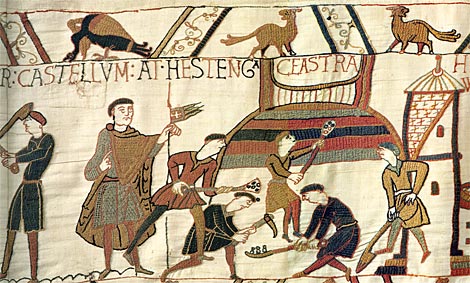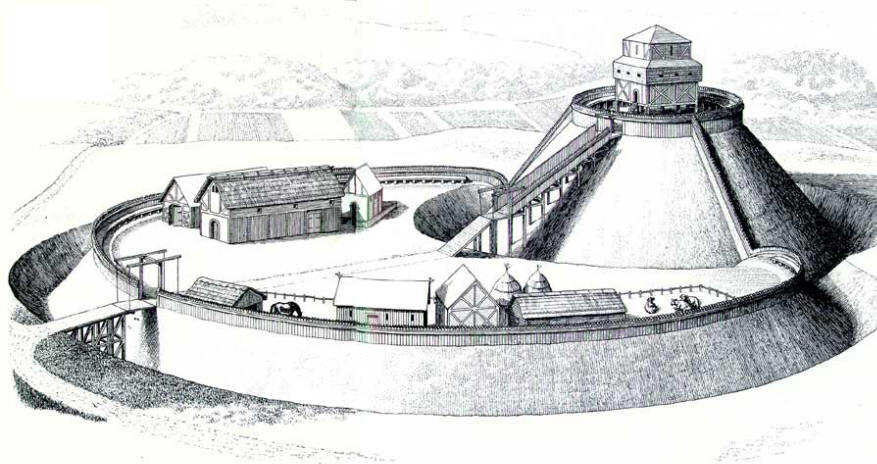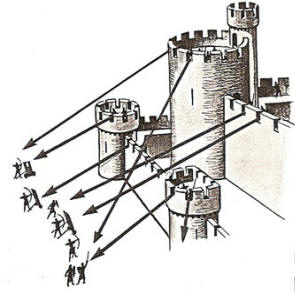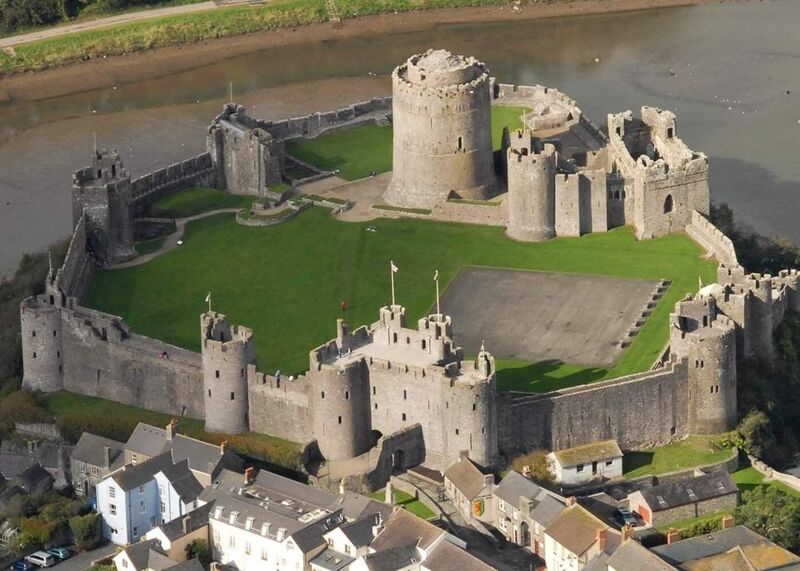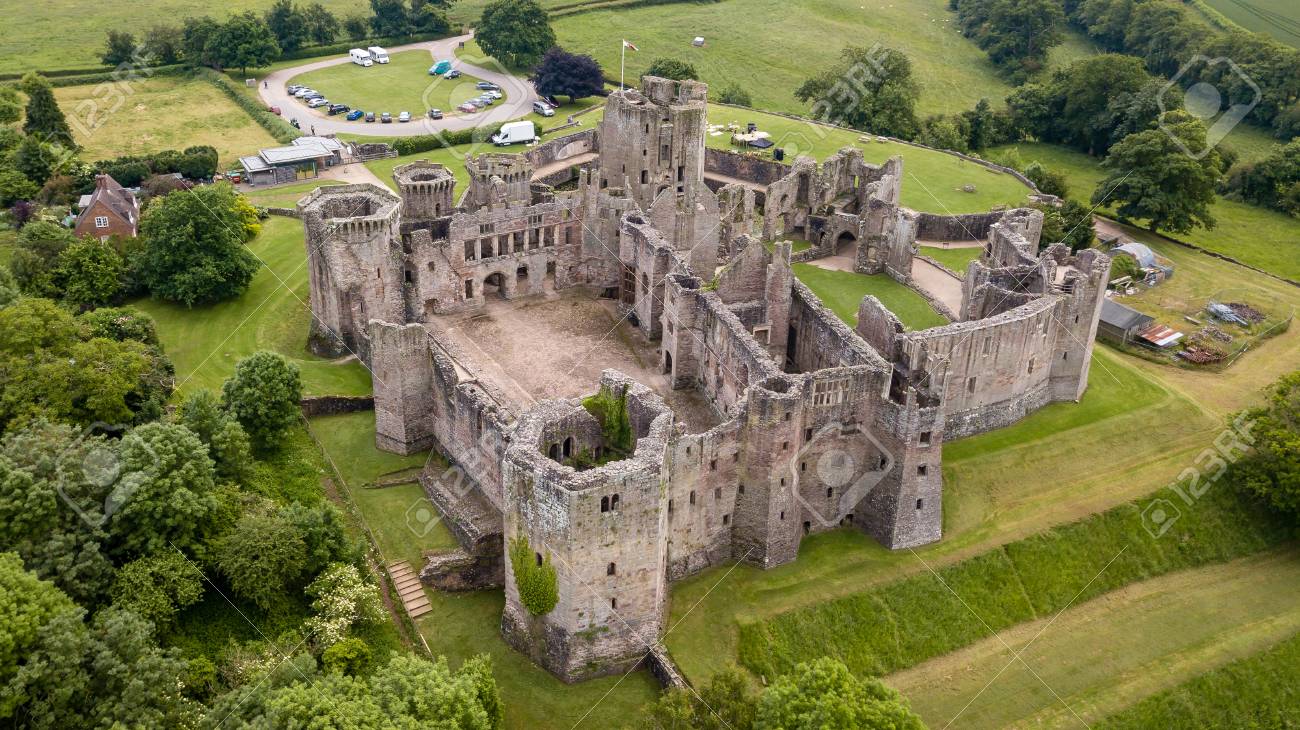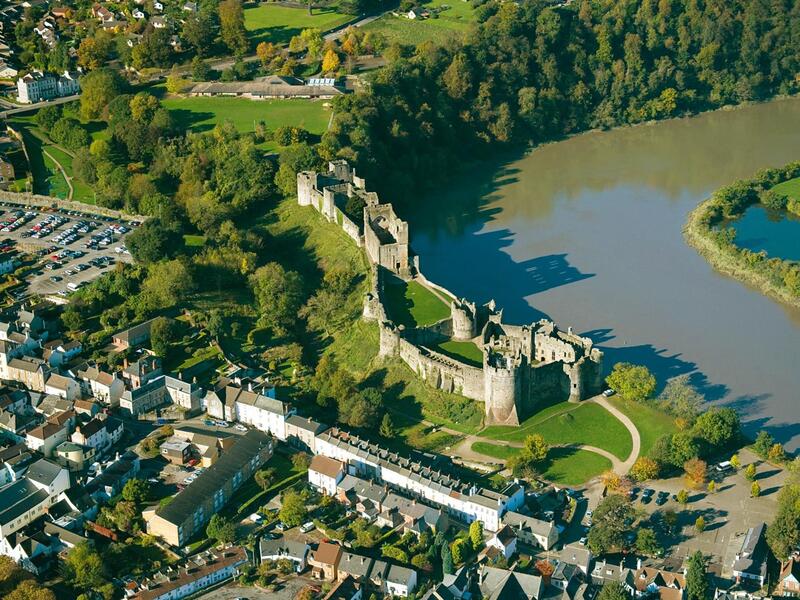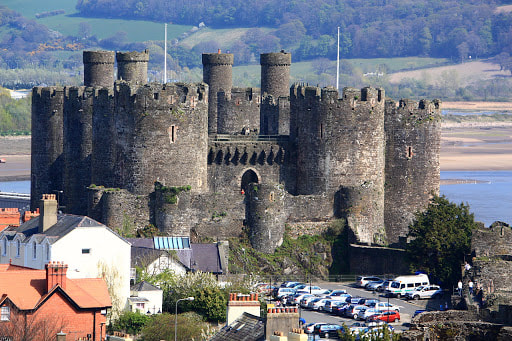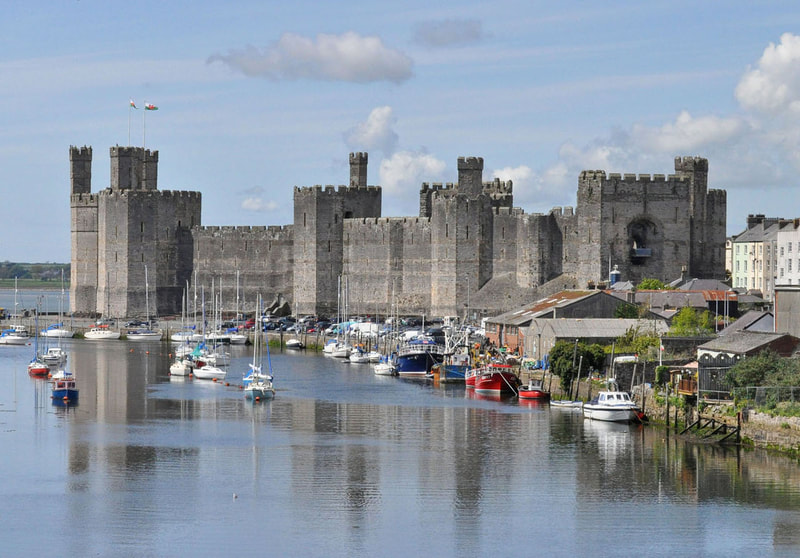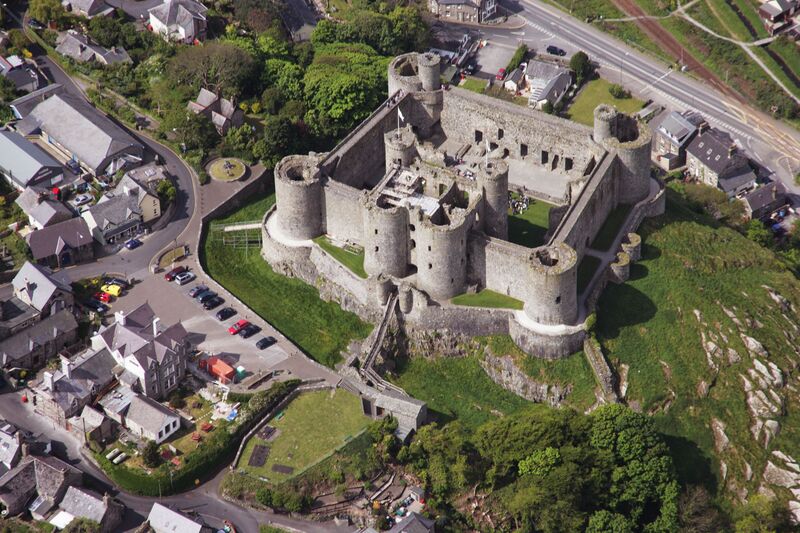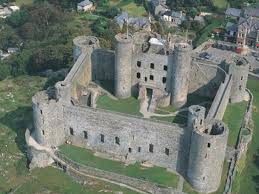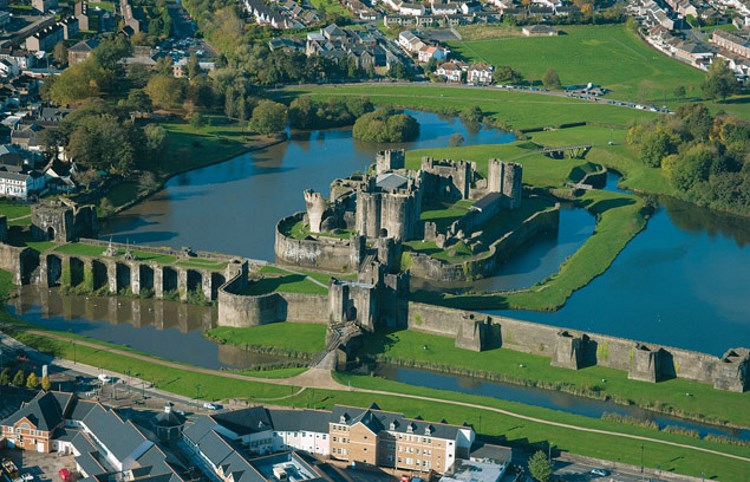Lesson 3 - 1271: The fall of Krak des Chevaliers castle.
There are four parts to this activity, each of which requires you to consider an important historical question and to answer it with a paragraph of extended writing. It will take you two lessons and a homework to complete. The first part concerns the reasons why so many European Christians decided to go on crusade. The second is concerned with the brutality and inhumanity of those who did the fighting. The third question is about how the Crusades influenced warfare in Europe and the final question is concerned with the end of the Crusades and what the fall of Krak des Chevaliers castle had to do with it. Remember, as always with each case study, also bear in mind the big questions we have asked about what warfare can tell us about the history of that time.
1. Why did people go on crusade?
It was an extraordinary thing for tens of thousands of Europeans to take up arms and march over 3000km to Jerusalem. Watch the film below and make a few notes that help you explain people's motivation. Then consider the sources.
It was an extraordinary thing for tens of thousands of Europeans to take up arms and march over 3000km to Jerusalem. Watch the film below and make a few notes that help you explain people's motivation. Then consider the sources.
|
|
Source A - A description from the 11th century
‘We attacked the holy city early in the morning because that was when our Lord Jesus died for us there long ago on the cross. Our knights made a fierce attack from one of our wooden towers. As they climbed over the walls the Saracen defenders ran away. We followed them as far as the temple, slaying the unbelievers and cutting them down. Our men waded in blood up to their ankles. They ran around the city taking gold and silver, horses and mules and all sorts of goods. Then, weeping with joy, they went to worship at the place where our Lord Jesus had been buried’. |
|
Source B - A French priest, thirteenth century
Many have gone on crusades to escape from their own land. There are criminals, thieves, robbers, pirates, dice- players, men who have left their wives and women who have left their husbands. Source D - From a letter written by a French crusader 1098 My dear wife, I now have twice as much silver, gold and other riches as I had when I set off on this crusade. |
Source C - From an English trial, 1291
You have been found guilty of hitting a priest on the head with your sword. For this outrage you must join a crusade or pay a suitable soldier to go instead. Source E - By a French writer, 1204 People heard that the Pope would grant a pardon to all who went on a crusade. That is the only reason they went. |
2. How and why were the Crusades so brutal?
'What a weapon! Religous faith deserves a chapter to itself in the annals of war technology, on an even footing with the longbow, the warhorse, the tank and the hydrogen bomb'. Richard Dawkins, The Selfish Gene (4th ed) p.433
Perhaps because of the religious sanction, the Crusades were fought with a brutality that was unusual, even for the Middle Ages. Even before the crusaders left Europe, they massacred Jews, the traditional victim of Christian intolerance. And when in the Holy Land, the whole population of cities like Antioch, Ma'arrat al-Numan (see below) and Jerusalem, were slaughtered; of the massacre in Jerusalem, a contemporary observed, “The knights could hardly bear it, working as executioners and breathing out clouds of hot blood.”
Perhaps because of the religious sanction, the Crusades were fought with a brutality that was unusual, even for the Middle Ages. Even before the crusaders left Europe, they massacred Jews, the traditional victim of Christian intolerance. And when in the Holy Land, the whole population of cities like Antioch, Ma'arrat al-Numan (see below) and Jerusalem, were slaughtered; of the massacre in Jerusalem, a contemporary observed, “The knights could hardly bear it, working as executioners and breathing out clouds of hot blood.”
|
|
Source F - An English Priest 12th century
‘Ten thousand Saracens suddenly attacked us. They threw javelins and shot arrows, yelling horribly with wild voices. They are terrifying soldiers. Some of our men felt like running away but the bravest remembered that it would be an honour to die for Christ and fought back harder than ever. The day after the battle his friends went searching for his body. Finally they found him. His face was so thick with blood that they hardly recognised him. They wrapped the body and carried it back to the town. The king came to his funeral. Prayers were said for the knight's soul. Nobles laid the body in its grave with tears in their eyes.’ |
3. How did the castle technology develop through the Middle Ages? (Illustrate your answer with pictures)
Returning Crusaders brought new tastes and increased the demand for spices, Oriental textiles, and other exotic items; and with the trade came new ideas. One of the most significant influences was on the development of European castles.
The word castle was introduced into English at the time of the Norman Conquest (1066) to denote a type of building, which was then new to England. The precise meaning is usually considered to be the 'private fortified residence' of a lord or noble. It is very much associated with the feudal system. This is distinct from a fortress, which was not a home, or a fortified town, which was a public defence. Castles controlled the area immediately surrounding them, and were both offensive and defensive structures; they provided a base from which raids could be launched as well as protection from enemies. As we saw last lesson, William the Conqueror built many castles quickly to control the population like the one in Hastings (see below from the Bayeux Tapestry) . These were built of earth and wood and called motte and bailey castles from the Norman French. They also served as centres of administration and symbols of power. Urban castles were used to control the local people and important travel routes, and rural castles were often built near natural features that were important to life in the community, such as fertile land.
The word castle was introduced into English at the time of the Norman Conquest (1066) to denote a type of building, which was then new to England. The precise meaning is usually considered to be the 'private fortified residence' of a lord or noble. It is very much associated with the feudal system. This is distinct from a fortress, which was not a home, or a fortified town, which was a public defence. Castles controlled the area immediately surrounding them, and were both offensive and defensive structures; they provided a base from which raids could be launched as well as protection from enemies. As we saw last lesson, William the Conqueror built many castles quickly to control the population like the one in Hastings (see below from the Bayeux Tapestry) . These were built of earth and wood and called motte and bailey castles from the Norman French. They also served as centres of administration and symbols of power. Urban castles were used to control the local people and important travel routes, and rural castles were often built near natural features that were important to life in the community, such as fertile land.
|
|
The stone keep or donjon became a key feature of castle development from the 12th century. With walls up to four metres thick and space to provide comfortable living quarters for the lord, the stone keep became common across Europe.
In the late 12th and early 13th centuries, a scientific approach to castle defence emerged. Many new castles were polygonal or relied on concentric defence – several stages of defence within each other that could all function at the same time to maximise the castle's firepower. The origin of these changes in defence has been attributed to the Crusades, as European's came into contact with Arab castle technology. |
As you may have realised I am from Wales, which is a small country with a very large number of castles. There are about 100 stone castles still standing. The largest were all built after the First Crusade and show the influence of Krak des Chevaliers.
|
4. How was Krak des Chevaliers castle attacked and conquered and why was this important?
1142 Krak des Chevaliers was given to the order of the Knights Hospitaller. They were military religious order that after the conquest of Jerusalem in 1099 (the First Crusade) became responsible for the care and defence of Christians in the Holy Land. The castles they controlled allowed them to control the land that surrounded them and to provide a safe route for Christian pilgrims who were going to visit the Holy Land. It was the Knights Hospitaller who developed Krak des Chevaliers as a concentric castle (see film opposite). |
|
From the 1250s Europeans gradually showed less interest in the Holy Land and the expense and effort of maintaining Christian forces. In contrast, Muslim forces grew in power and became increasingly united in their opposition to the Christian influence. The fall (conquest) of Krak des Chevaliers was a significant moment in this declining influence.
In March of 1271, the Muslim forces started to lay siege to the castle, surrounding and preventing and Christian movement in or out. Siege engines (see below) were brought up and the walls attacked. The attackers undermined a tower in the southwest corner causing it to collapse whereupon the Muslim army attacked through the breach (gap). After 10 days the Muslim besiegers sent a letter to the garrison, supposedly from the Grand Master of the Knights Hospitaller in Tripoli, which gave them permission for them to surrender. The letter was a forgery but the garrison surrendered and were allowed to live. (Compare this to how the Crusaders treated the Muslims in Ma'arrat al-Numan)
The last crusader castle fell just 20 years later in Acre in 1291. The Holy Land was controlled by Muslims again. The Crusading knights retreated to the islands of Cyprus, Rhodes and finally in the 16th century Malta. Students know a lot more about them today because of Assassin's Creed!
In March of 1271, the Muslim forces started to lay siege to the castle, surrounding and preventing and Christian movement in or out. Siege engines (see below) were brought up and the walls attacked. The attackers undermined a tower in the southwest corner causing it to collapse whereupon the Muslim army attacked through the breach (gap). After 10 days the Muslim besiegers sent a letter to the garrison, supposedly from the Grand Master of the Knights Hospitaller in Tripoli, which gave them permission for them to surrender. The letter was a forgery but the garrison surrendered and were allowed to live. (Compare this to how the Crusaders treated the Muslims in Ma'arrat al-Numan)
The last crusader castle fell just 20 years later in Acre in 1291. The Holy Land was controlled by Muslims again. The Crusading knights retreated to the islands of Cyprus, Rhodes and finally in the 16th century Malta. Students know a lot more about them today because of Assassin's Creed!
Extra - Siege Engines - The Trebuchet, the medieval innovation in warfare.
Most medieval offensive military technology was simply inherited from earlier periods, but the large trebuchets used against the stone castles of the period were new and in recent years there have been a significant efforts in experimental archeological to try and understand how they worked and whether they were genuinely capable of knocking down stone walls. The answer, in case you're wondering, is yes.
Most medieval offensive military technology was simply inherited from earlier periods, but the large trebuchets used against the stone castles of the period were new and in recent years there have been a significant efforts in experimental archeological to try and understand how they worked and whether they were genuinely capable of knocking down stone walls. The answer, in case you're wondering, is yes.

